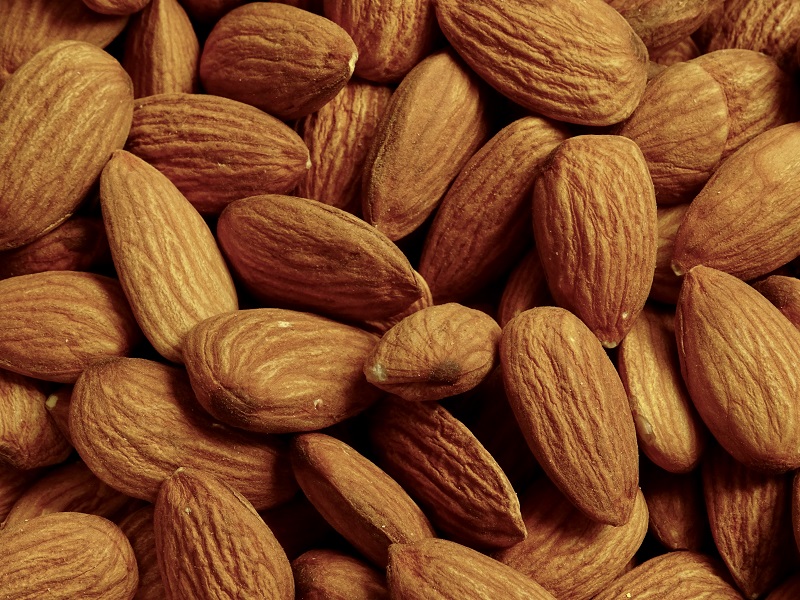SMR Farms Making Smart Use Of Water Resources

Schroeder Manatee Ranch (SMR) spreads across 31,000 acres of land east of I-75 in Manatee and Sarasota counties. Within its confines lie a microcosm of land uses including residential, agricultural, forestry, wetlands, and mining. The award winning master-planned community Lakewood Ranch is on the residential side of the property and lives comfortably by SMR Farms. By all accounts, the ranch and its mixed land use is a national model.
SMR Farms also is a snapshot of Florida ag operations with its citrus, cattle, turfgrass, leased row crops, and ornamental tree farm. How the farm views and manages water resources also makes it a national model for conservation.
According to Mac Carraway, president of SMR Farms, the highest priority is placed on wise water use, which includes reclaimed water for irrigation. The farm has taken water from Manatee County for more than 20 years.
“In our ag operations, reclaimed water is our No. 1 source of water followed by surface water and groundwater,” he says. “We have a significant groundwater permit, but we view it as an augment for the reclaimed and surface water sources.”
Regardless of source, the farm utilizes a number of methods to conserve water including the use of drip irrigation and microjets. “We treat reclaimed, surface, and groundwater the same,” says Carraway. “Some people have the sense that it’s reclaimed water, so you can use or waste as much of it as you want, but it’s really not. Whatever the source, we are using high-efficiency, low-volume irrigation methods. In addition, we have a very active leak detection and inspection process with full-time staff dedicated to managing our irrigation.”
With the high demands on water between the residential development and agriculture, efficiency is a must. Recent historical use of reclaimed water is about 3 million gallons per day averaged out over the year. Efficiency on the farm is based on using low-volume irrigation systems versus traditional systems. The savings varies by commodity. In the tree nursery, microjet systems can be up to 60% more efficient than solid-set systems. Drip and microjet systems on citrus can be up to 15% more efficient than traditional seepage systems. Fully-enclosed and subsurface seepage systems for turfgrasses can be up to 10% more efficient than traditional seepage systems.
Master Plan
Benefits Beyond Conservation
http://www.youtube.com/v/Z0TKBOuQ4Qc?version=3










